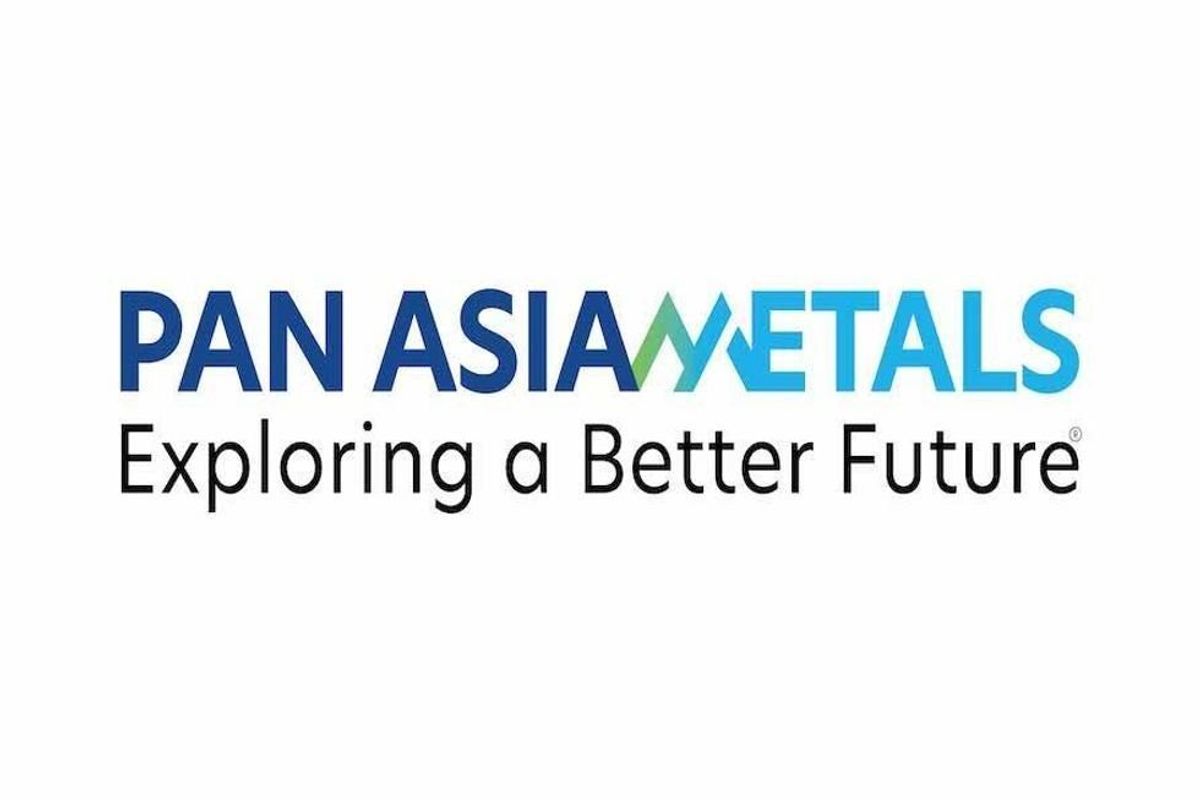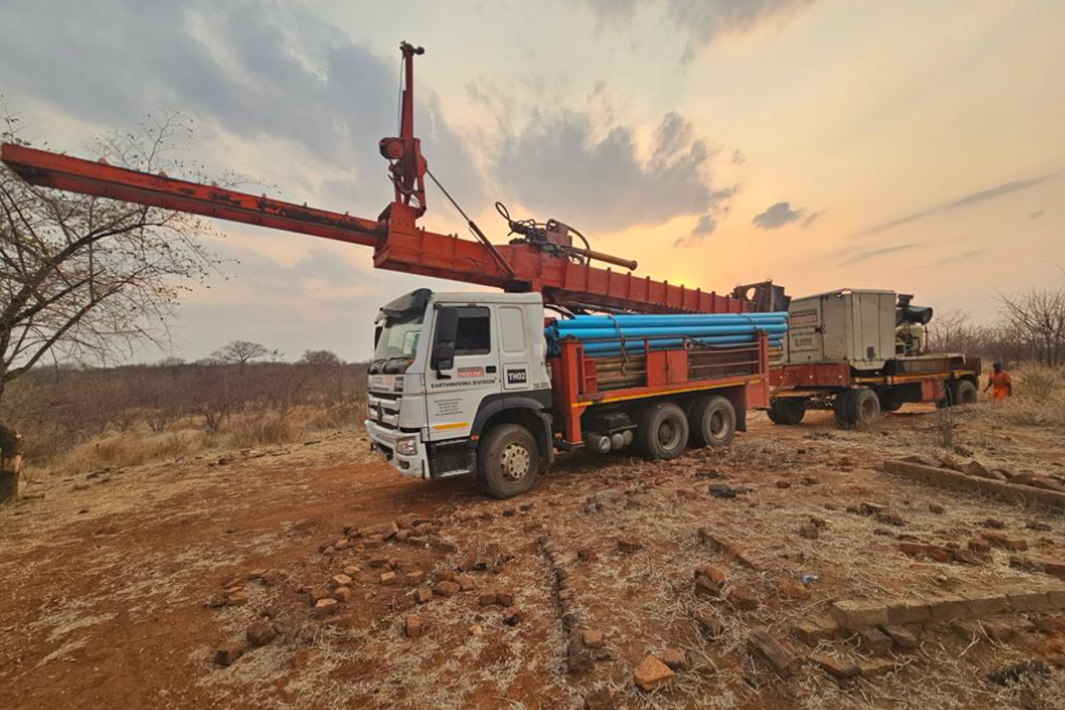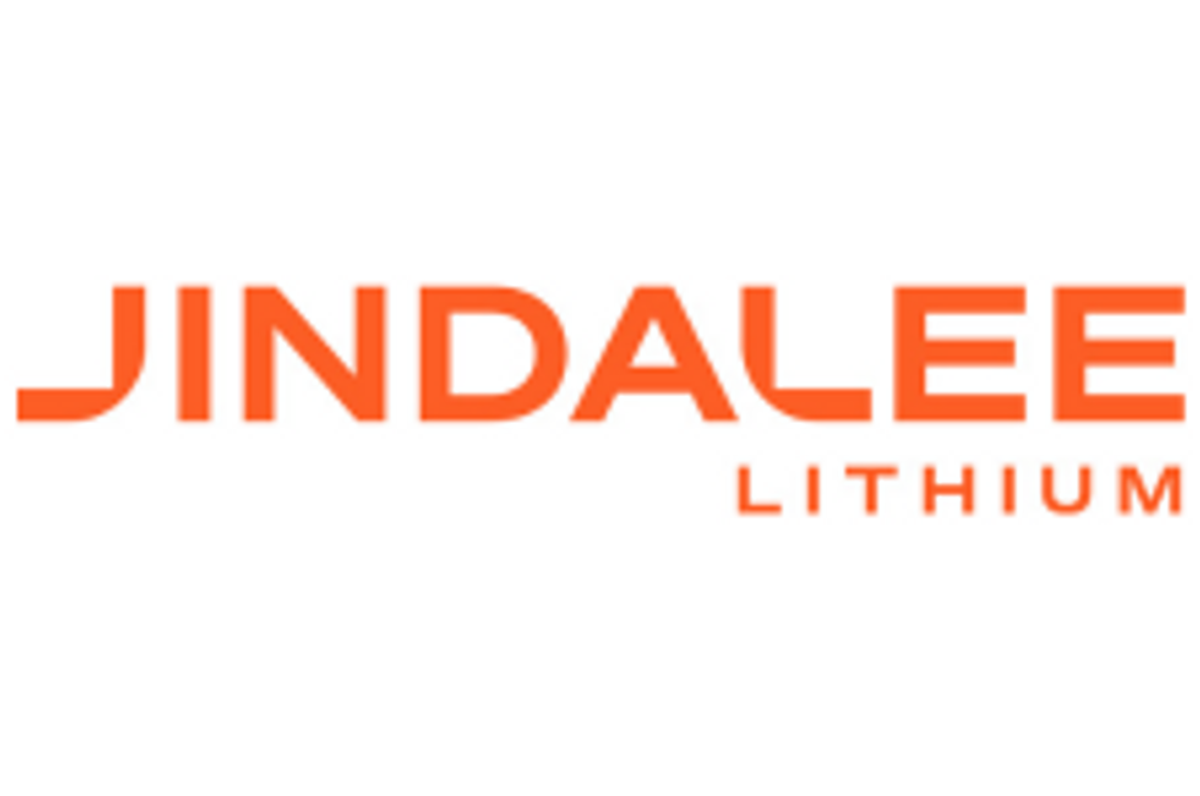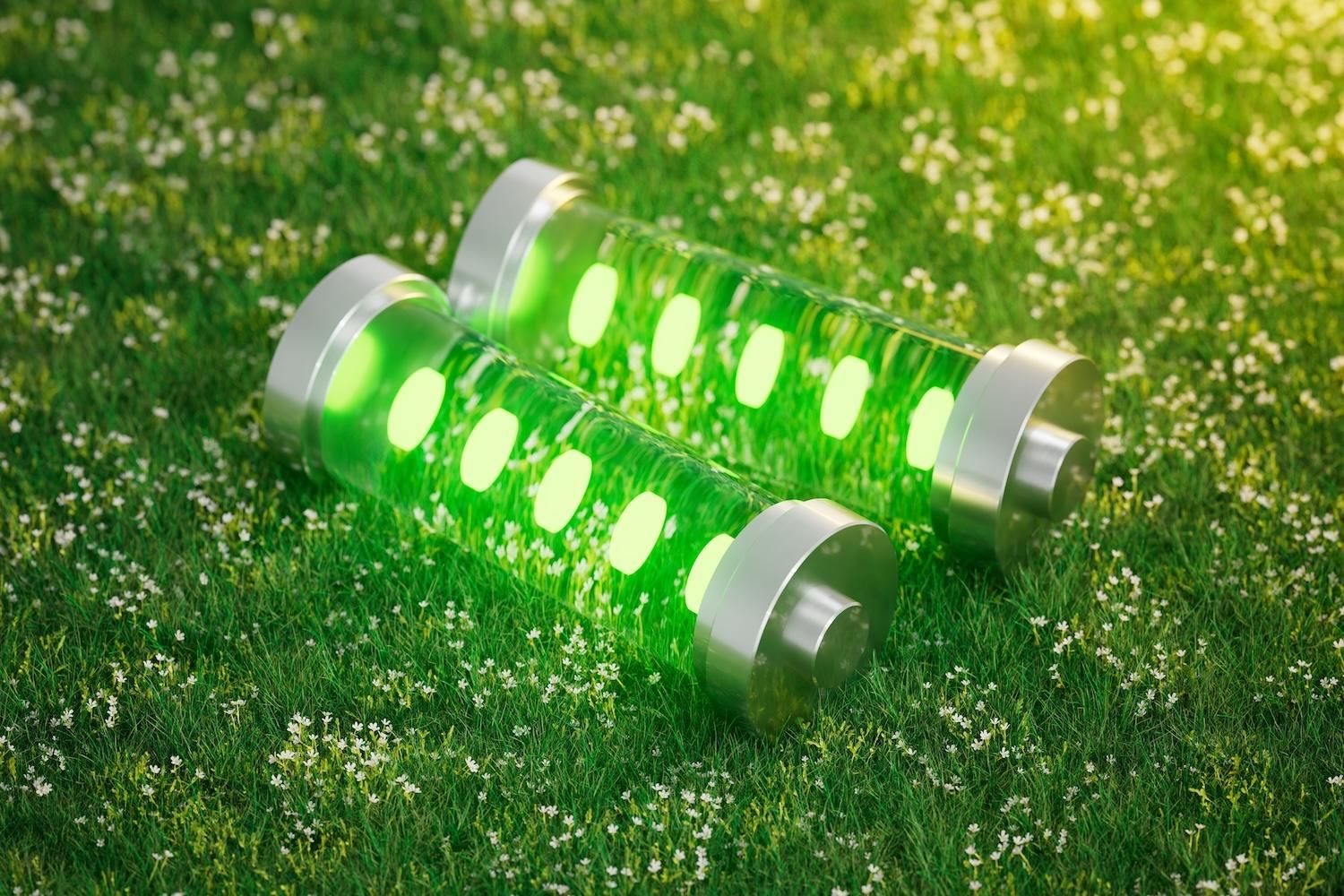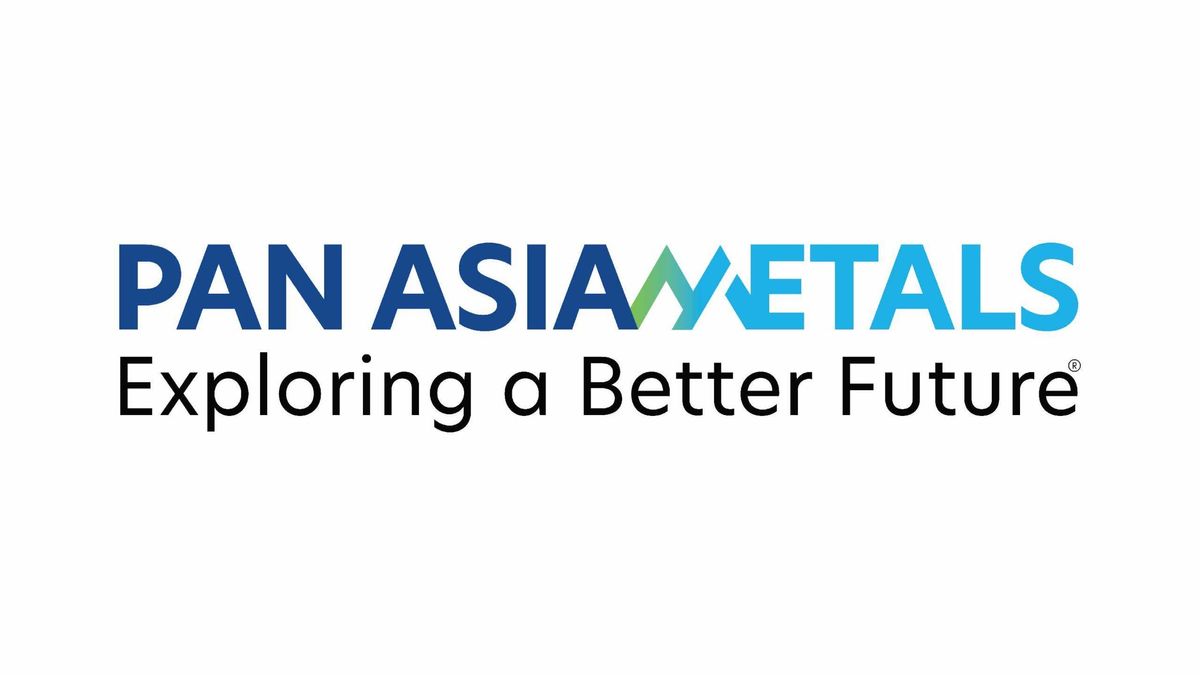
September 17, 2023
Battery and critical metals explorer and developer Pan Asia Metals Limited (ASX: PAM) (‘PAM’ or ‘the Company’) is pleased to report an exploration update for the Pink, Pozon, Dolores South and Dolores North Lithium Prospects situated in the Tarapaca region of the Atacama Desert in northern Chile, with a primary focus on the Pink Lithium Prospect. The review and this exploration update relates to historic seismic surveying undertaken in the 1960’s and shallow groundwater drilling undertaken in the early 1990s’. The target lithium in brine zone at the Pink Lithium Prospect has been re-defined, with overlapping areas of elevated Li and chlorine (Cl), an indicator of salty water/brine, interpreted at >500km2, while the total target lithium in brine zone at the Pink, Pozon and Dolores South and North Lithium Prospects is interpreted at ~1,000km2.
HIGHLIGHTS
- Data review yields positive results
- Review focuses on Pink, Pozon and Dolores Li in Brine Prospects
- Primary focus on Pink Lithium Prospect, with preliminary drill targets defined
- Seismic results confirm deep basin sediments, approximately 400-600m thick
- Historic groundwater investigations confirm shallow saline aquifers
- Saline groundwater zones correspond with highly elevated Li in surface salt crusts
- Target Li Brine area re-defined with elevated Li and chlorine (Cl) over ~1,000km2
- Results awaited for additional surface geochemical samples
- Geophysical exploration being planned
- Drill planning underway
Pan Asia Metals Managing Director said: “We are making great progress at the Tama Atacama Lithium Project.The historical seismic data at the Pink Lithium Prospect provides great insight. When overlayed with historic water drilling data, which identified an area of ~2,000km2 of elevated chlorine levels - a proxy for brine, and which corresponds with PAM’s surface assays, with ~65% at >100ppm Li, of which about half were >250ppm Li and about one quarter were >650ppm Li and up to 2,200ppm Li, we know we are in a good position. The data review confirms that PAM’s northern Li Brine prospects, being Pink to the south and Pozon, Dolores South and Dolores North to the north, cover an area of ~1,000km or 50% of the Li Brine target area. The Tama Atacama Lithium Project in Chile complements PAM’s initiatives in Southeast Asia, the latter being PAM’s pathway to earlier cash flow and the former PAM’s pathway to future growth, which will set PAM up to secure its position in the global lithium supply chain.”
Project Overview
Location and Access
The Pink Lithium Prospect (Pink) is located in the Tarapacá Region, in northern Chile. The project area is part of the larger Pampa del Tamarugal Basin (PT Basin) where PAM holds approximately 1,600km2 of granted concessions or concession applications. The project area has excellent access to infrastructure with the energy grid and a major highway (Ruta 5) running through it. The nearest large city is Iquique, located about 75km by road to the west, on the coast (see Figure 1). The mining service town of Pozo Almonte is located immediately north of the project area.
Land Ownership and Tenure
The project area hosts a variety of land uses, in the north and east there is private residential land in and around several villages, small acreage land with ‘weekend homesteaders’, some military land, some Reserve land and some other public lands. The western and southern parts of the project area host an extensive zone of salt flats associated with Salar’s Pintados and Bellavista, which are essentially unpopulated.
Previous Mining and Exploration
Certain areas of the Salars in this region host historic borate, potassium and salt extraction, with many areas immediately west of the project area the host to historic nitrate mining. There is little record of any of these past mining activities.
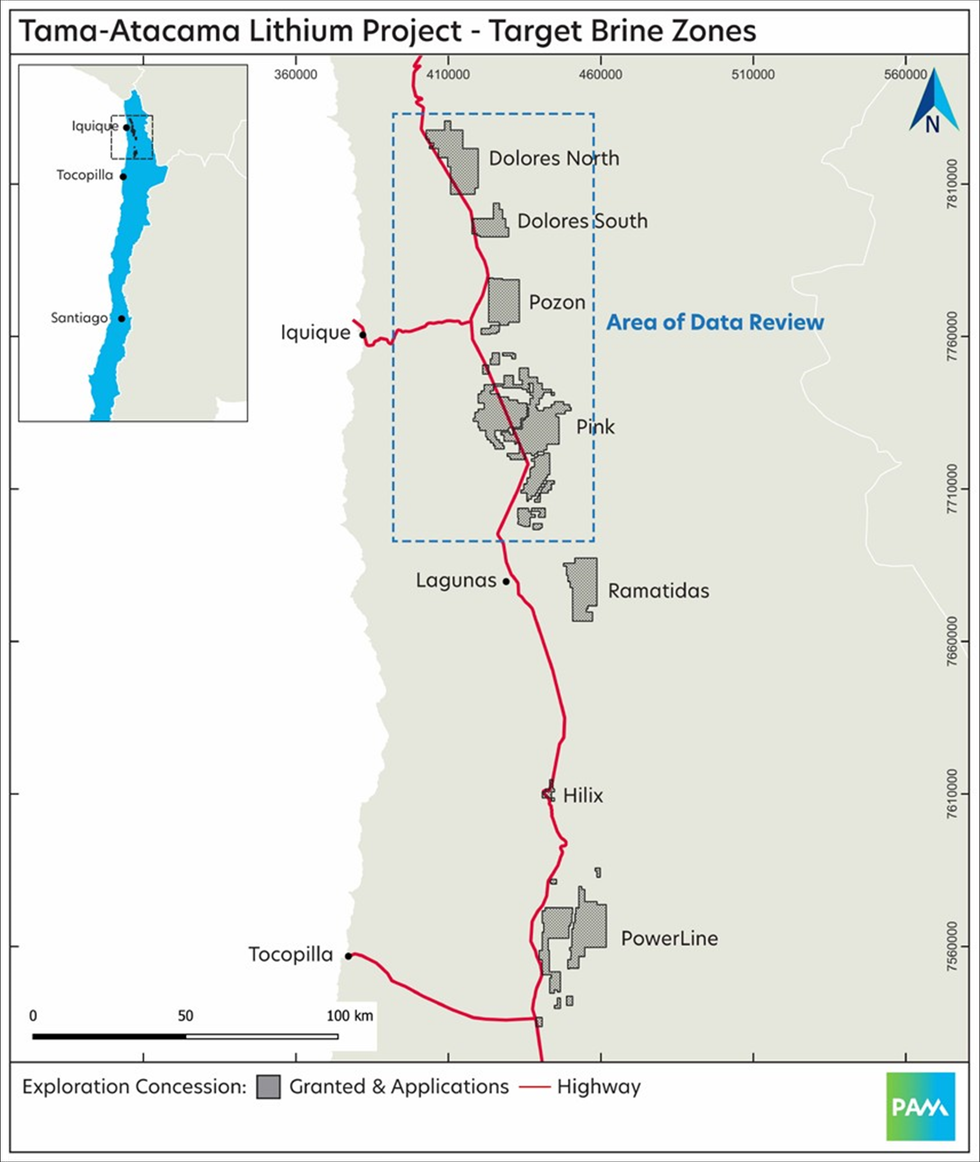
Modern Exploration
More recent exploration, since 2016, has been conducted by Rajo in conjunction with ASX-listed Specialty Metals Limited (ASX:SEI). SEI were awarded 20 exploration concessions covering the southwestern parts of Salar de Pintados and northern parts of Salar Bellavista. From 2016-2018 Rajo/SEI collected 128 samples that now occur within or immediately adjacent to PAM’s granted concessions and concession applications. These samples are mostly from the near surface salt/gypsum crust with lesser samples of adjacent clay rich zones. Samples were taken along traverse lines using roads, tracks associated with powerlines, pipelines and the railway line. The samples were nominally collected at 1km spacings however, this does vary. The Rajo/SEI relationship concluded in 2019 and SEI exited Chile, with Rajo continuing to explore.
Click here for the full ASX Release
This article includes content from Pan Asia Metals Limited, licensed for the purpose of publishing on Investing News Australia. This article does not constitute financial product advice. It is your responsibility to perform proper due diligence before acting upon any information provided here. Please refer to our full disclaimer here.
PAM:AU
The Conversation (0)
09 July 2023
Pan Asia Metals
First-mover Advantage in Critical Metals for Southeast Asia Market
First-mover Advantage in Critical Metals for Southeast Asia Market Keep Reading...
11 December
Mining the Gap: 5 Forces Shaping North America’s Lithium Supply Chain
A convergence of industry investments, government initiatives and a shifting global trade dynamic is creating an environment ripe for the development of a North American battery supply chain, with lithium playing a leading role. These trends are reshaping the region’s industrial base and opening... Keep Reading...
10 December
Rock Bottom: Strategic Window for Ground-level Lithium Investment
When lithium prices hit bottom, savvy investors know that’s exactly where the next big discovery begins — literally. Beneath the surface of global markets and remote exploration grounds, new opportunities are forming in the wake of a sharp price reset and renewed geopolitical urgency.Recent... Keep Reading...
10 December
Liontown Resources Pens Lithium Offtake Agreement with China's Canmax
Liontown Resources (ASX:LTR,OTC Pink:LINRF) has executed a binding offtake agreement with Chinese conglomerate Canmax Technologies (SZSE:300390) as part of its strategy to diversify its customer base.“Listed on the Shenzhen Stock Exchange, Canmax is one of the world’s leading manufacturers of... Keep Reading...
08 December
Trading Halt
Jindalee Lithium (JLL:AU) has announced Trading HaltDownload the PDF here. Keep Reading...
05 December
Livium Receives A$663k in RsD Tax Incentive Rebates for VSPC
Livium Ltd (ASX: LIT) (“Livium” or the “Company”) advises that it has received A$663,000 in research and development ("R&D") tax incentive rebates from the Australian Tax Office for the 2025 financial year ("FY25"), relating to its wholly owned subsidiary VSPC Pty Limited ("VSPC"). The rebate... Keep Reading...
01 December
Why SQM Says Social Dialogue is Key to Sustainable Lithium
As scrutiny continues to intensify across the battery metals supply chain, the conversation around sustainability has moved far beyond carbon footprints. At this year’s Benchmark Week, Stefan Debruyne, director of external affairs at Sociedad Quimica y Minera de Chile (SQM) (NYSE:SQM), made that... Keep Reading...
Latest News
Interactive Chart
Latest Press Releases
Related News
TOP STOCKS
American Battery4.030.24
Aion Therapeutic0.10-0.01
Cybin Corp2.140.00
